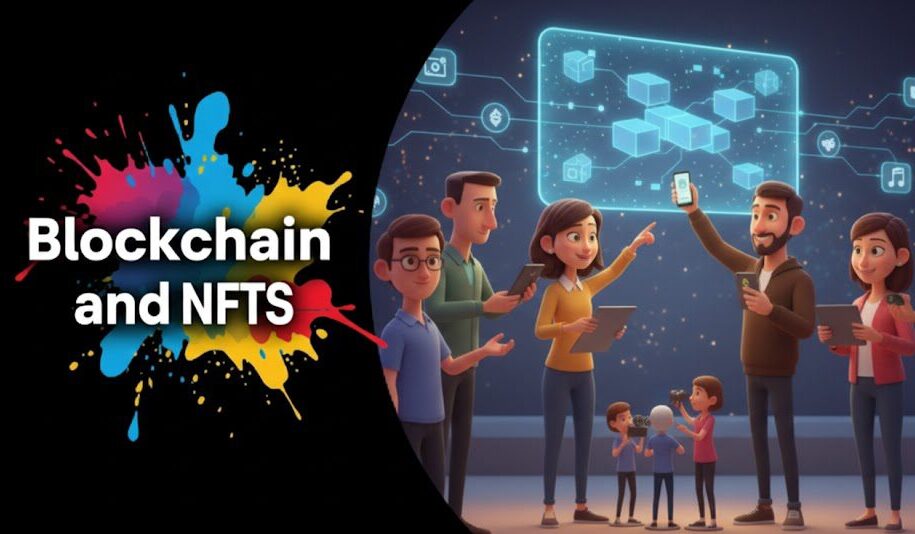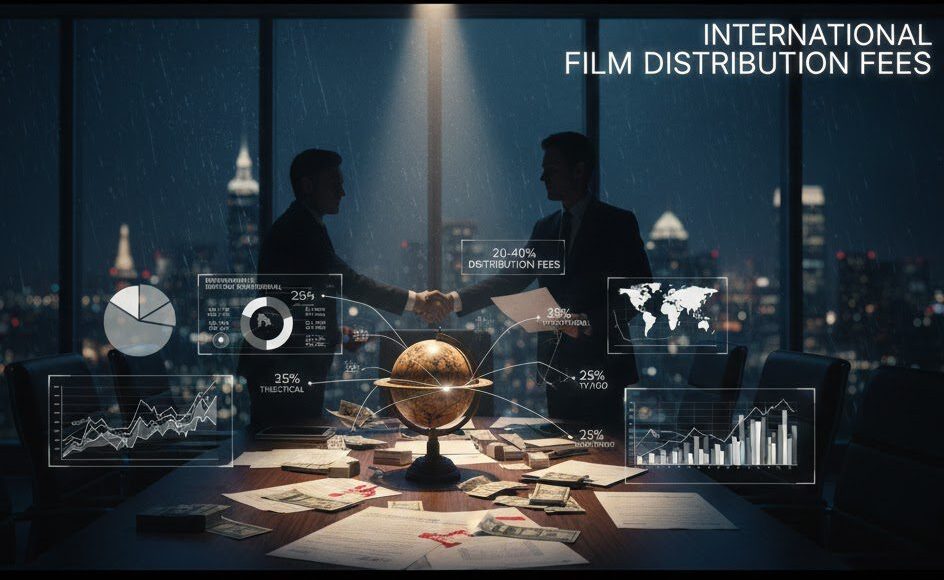Introduction
In the ever-evolving world of film and television, distribution rights are the golden key that unlocks global audiences and revenue streams. But what exactly are distribution rights? How do they work, who owns them, and how are they sold or licensed? Whether you’re a producer, distributor, buyer, or an entertainment executive, understanding distribution rights can make or break your content monetization strategy.
In this article, you’ll dive deep into everything you need to know about distribution rights—from the basics to complex licensing structures. We’ll break down types of rights, how they’re acquired or sold, the legal nuances involved, and how major media players leverage them. Plus, we’ll show you how platforms like Vitrina are transforming content discovery, distribution deals, and partner matchmaking across the global entertainment industry.
By the end, you’ll walk away with a solid understanding of how distribution rights work, why they matter, and how to leverage them effectively for your projects and business goals.
Table of content
- Introduction
- What Are Distribution Rights?
- Types of Distribution Rights
- Distribution Rights vs Licensing Rights
- How Distribution Rights Are Sold
- Territorial and Platform Rights
- Key Players in Distribution
- Distribution Rights Contracts and Terms
- Challenges in Content Distribution
- How Vitrina Helps with Distribution Rights
- Key Takeaways
- FAQs
Target the Right Content Buyers Globally with Vitrina

What is Film Project Tracking?
Film project tracking involves monitoring the lifecycle of a film or TV project, from its inception in development to its debut on screens. It includes tracking:
- Project stages: Development, Pre-Production, Production, Post-Production, Release
- Key collaborators: Production houses, financiers, distributors, and service providers
- Metadata: Genres, budgets, languages, and target demographics
- Market activity: Who’s financing, co-producing, or acquiring the project
This comprehensive insight allows stakeholders to stay informed, make timely decisions, and identify high-value opportunities.
Types of Distribution Rights
There are multiple types of distribution rights, often sliced based on:
- Territory (Country/Region)
- Platform (TV, Theatrical, Streaming, Airline, DVD, etc.)
- Language or Subtitle Rights
- Window (Exclusive/Non-Exclusive)
Here are some common examples:
- Theatrical Rights
- Broadcast Rights
- SVOD/AVOD/TVOD Rights
- Home Video Rights
- In-flight or Hotel Rights
- Festival and Education Rights
Distribution Rights vs Licensing Rights
While often used interchangeably, distribution and licensing rights differ subtly:
- Distribution Rights: Usually imply that the content owner grants rights to a distributor to exploit the content commercially in a defined way.
- Licensing Rights: Typically refer to the act of granting usage permissions to another party under contractual conditions—these could be limited or bundled with distribution agreements.
Maximize Your Content Revenue with Vitrina

How Distribution Rights Are Sold
Distribution rights are monetized via:
- Pre-sales (before production begins)
- Sales agents deals (intermediaries who broker content)
- Markets & Film Festivals (Cannes, MIPCOM, AFM)
- Direct Licensing to Broadcasters or Streamers
- Bundled Deals (e.g., all Asia rights + SVOD + Home Video)
Factors influencing pricing:
- Genre popularity
- Star cast
- Previous IP success
- Regional demand
- Exclusivity terms
Territorial and Platform Rights
Rights can be sold:
- Territorially (one country or a group of countries)
- Platform-specific (TV vs Streaming vs DVD)
- Language-wise (Original + dubbed/subtitled versions)
E.g., a drama-series might be licensed to a Japanese broadcaster for TV while the same series is sold to an Indian platform for OTT streaming.
Key Players in Distribution
- Production Companies (Content creators/rights holders)
- Distributors/Sales Agents (Middlemen between content and market)
- Broadcasters & Streamers (Content acquirers)
- Entertainment Lawyers (Ensure legal compliance)
- Marketplaces & Platforms like Vitrina
Distribution Rights Contracts and Terms
Distribution contracts are complex legal agreements that define:
- Type of Rights
- Territory and Duration
- Revenue Sharing
- Marketing Obligations
- Delivery Timeline
- Termination Clauses
Well-structured contracts avoid future disputes and maximize content value.
Challenges in Content Distribution
Despite its importance, content distribution faces hurdles:
- Finding reliable distributors in new markets
- Misaligned pricing expectations
- Lack of verified contacts
- Legal complications across jurisdictions
- Platform restrictions and format compatibility
How Vitrina Helps with Distribution Rights
Vitrina is revolutionizing the way entertainment professionals discover and secure distribution rights.
With Vitrina, you can:Discover verified distributors across 100+ countries
- Profile potential partners based on deals, genres, past projects
- Access updated contact details of decision-makers
- Track what content is being acquired where and by whom
- Get matched to right partners based on your content genre and strategy
- Use the Global Film+TV Projects Tracker to scout opportunities and buyer trends
Companies like Netflix, Globo, SBT, and Endeavor rely on Vitrina to stay ahead in the distribution game.
Key Takeaways
- Distribution rights are essential to monetizing and maximizing your content’s reach.
- Rights vary by platform, region, time period, and exclusivity.
- Strategic licensing can generate multiple revenue streams from one piece of content.
- Success depends on finding the right buyers, at the right time, in the right markets.
- Platforms like Vitrina help bridge the gap between content owners and global distributors.
Frequently Asked Questions
Typically, the production company or financier owns them initially but can assign/sell/license them.
Yes. Rights can be sold separately to multiple buyers across TV, OTT, DVD, etc.
Sales agents represent your content to potential distributors or platforms and earn commissions.


































